Recently I’ve been getting more into the sounds that surround our favorite genre: gothic melodies, hardcore riffs, instrumental drum beats, ghostly vocals. British gothic horror singer/songwriter/composer Strange Nocturnal offered to sit and chat about horror music in film, rock and pop influences, the history behind the sounds, and everything in between.
Somebody could be into, say romance and fairy tales, or… it doesn’t matter what they’re into. There’s a dualism, and there’s always a bad guy, there’s always some element of horror or terror… People can say “oh, well I don’t like goth,” — but do they like churches? Do they like medieval stories and characters, y’know?
Strange Nocturnal

From the beginning, Strange Nocturnal has been entranced with horror. Influenced by acoustic musicians like The Everly Brothers and Eddie Cochran, metal legends Black Sabbath and Slipknot, Wednesday 13, nostalgic franchises like Goosebumps and Ghostbusters, shamanic chants and even his own experiences in academia, he uses music to create an atmosphere like no other. Lyrics and melody blend together to make a portal of darkness into the world of magical monstrosities that is horror. Take for example his Hits from the Crypt album. Many of the tracks sound dark and dank, as if they were created in the basement pit of an abandoned industrial park. Others feature haunting lyrical melodies that dig deep into your bones. His music is the epitome of horror aesthetic, crowned in rock influence and jeweled with gothic style.
Strange Nocturnal speaks on music throughout history, noting how classical sounds carried over into synths, guitars, and crashing drums, then heavy baselines and now mixes of highs and lows. As in history, music in horror films changes in a series of renaissances. Often times there is a cultural shift (changing from classical to pop and rock), or a societal shift (melodic vs. chaotic sounds). There could also be a shift in how music is made, from full orchestras to electronic, machine-produced sounds, for example. But just as trends go in cycles, the sounds we hear tend to circle back on each other with slight additions of new-age technology. One year may be a series of string instruments, and the next may be a waterphone, then a combination of the two the following year. A theremin is a great example of blending these old and new technologies to create a sound that is uniquely horror.

But music doesn’t just involve sound — it helps tell a story. Throughout history, stories and music helped keep us alive. Today, we use those same sounds and words to aid in keeping characters we created alive.
When you imagine sounds and imagine things, it correlates to the music and storytelling. We want to be strong, we want to be great — and we are to some extent. We’re also fragile creatures; living is very fragile — to be able to protect through storytelling, to be able to warn through storytelling.
Strange Nocturnal
Music in horror films in particular plays two vital roles: atmosphere building and story progression. Take classic monster films like Frankenstein and Dracula. The orchestras used in those films not only clue the audience in to the state of the crypt-filled castles of Europe, but tell the audience that there may be something hiding behind that corner, or that a certain person is not to be trusted. Psycho has the infamous staccato violins that mimic the sudden terror — as well as the physical action — of someone being stabbed to death. Droning baselines in movies like The Conjuring or Insidious keep the audience in a state of agitation and anticipation, only allowing a release with a loud jumpscare.
A film without sound is nothing; horror is especially needing of sound. Some of the most famous film scores come from horror movies, and many specific music pieces — in horror or not — come at times of immense terror on screen: Jaws, The Exorcist, Darth Vader’s theme, Gene Wilder’s sing-songy rhyme in the boat tunnel in the Wonka Chocolate Factory, etc. There is even an anecdote about studio executives saying the first Halloween film wasn’t scary until they showed a test screening including John Carpenter’s infamous 5/4 time theme.
Strange Nocturnal says that in terms of music-making, younger generations today have more available to them to create pieces that truly show what the screen is telling us. These sounds are some of the earliest forms of storytelling, and inspiration can be found anywhere. Music makes the movie, and horror films are the perfect example of that.
Listen to Strange Nocturnal’s music on Spotify, and give him a follow on Instagram!
Watch the video interview here.







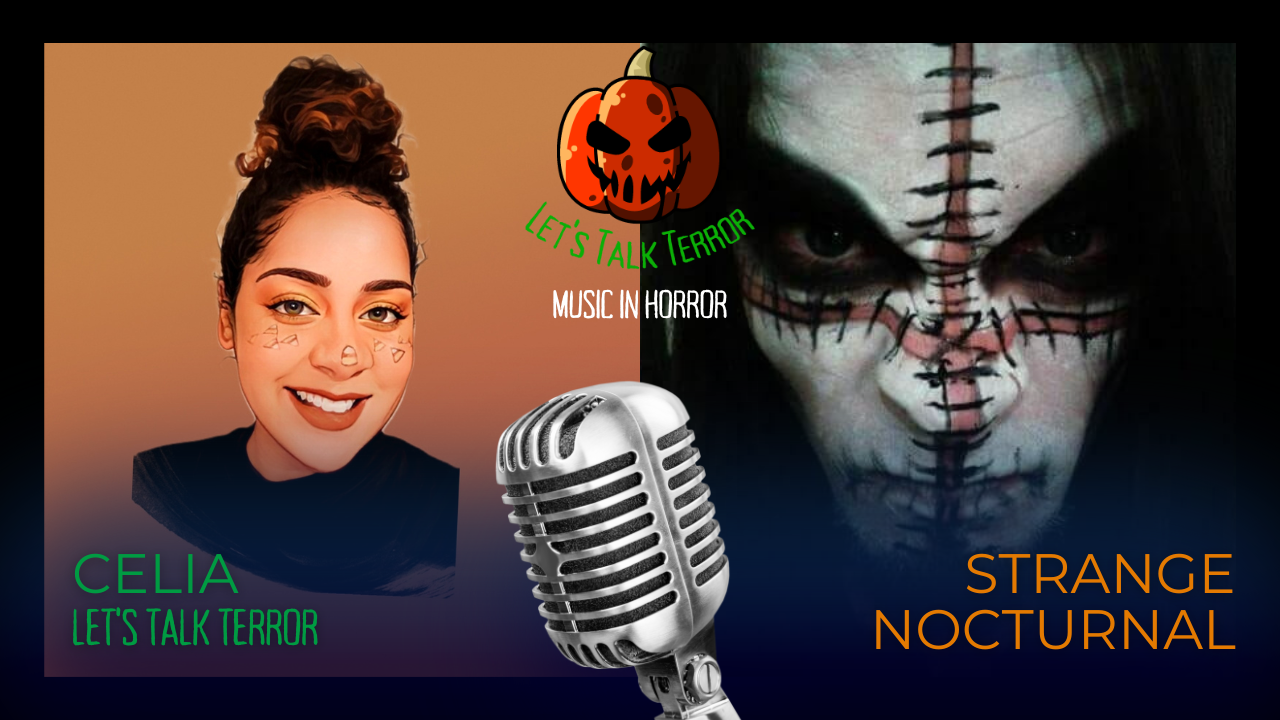
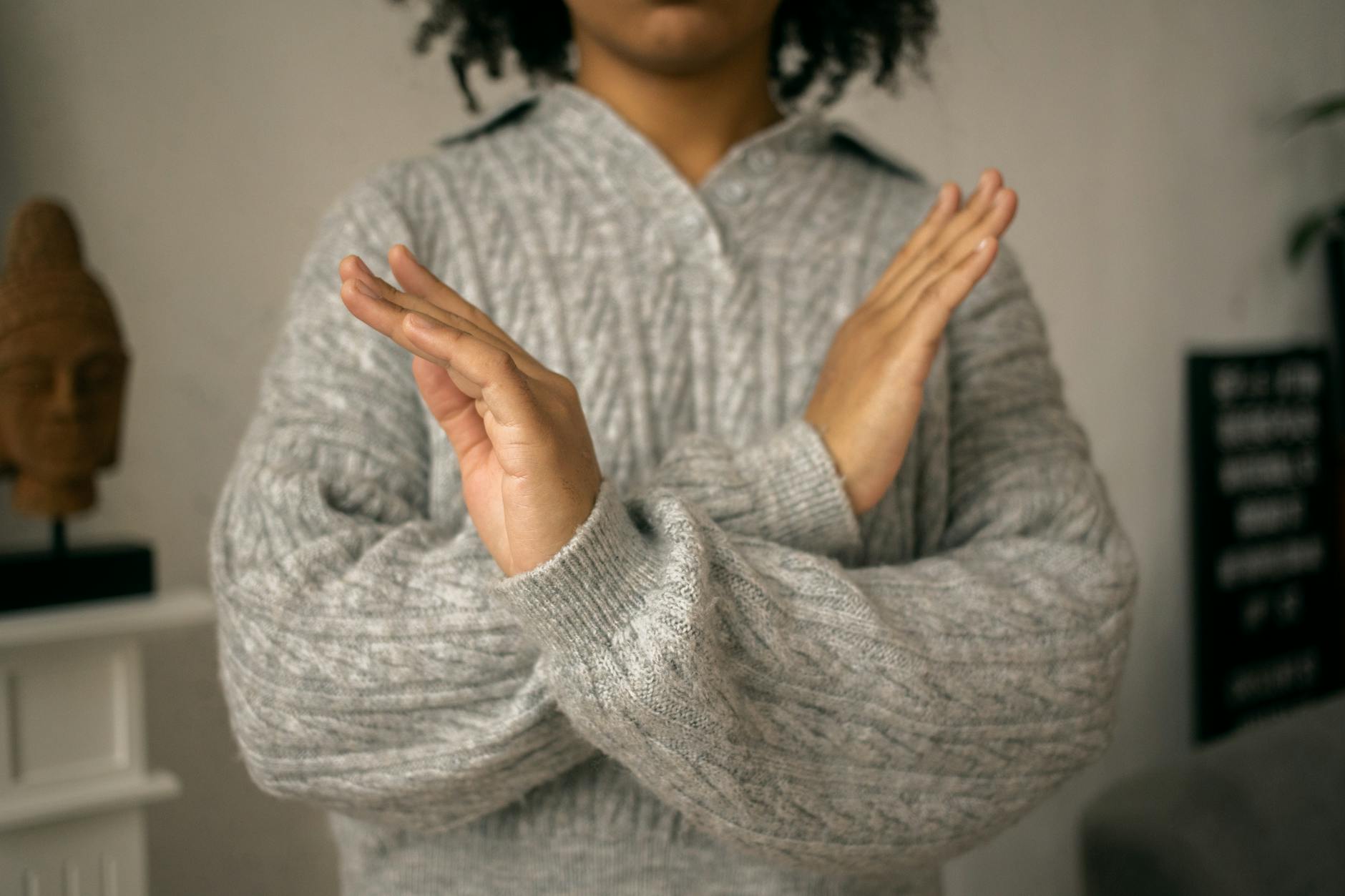
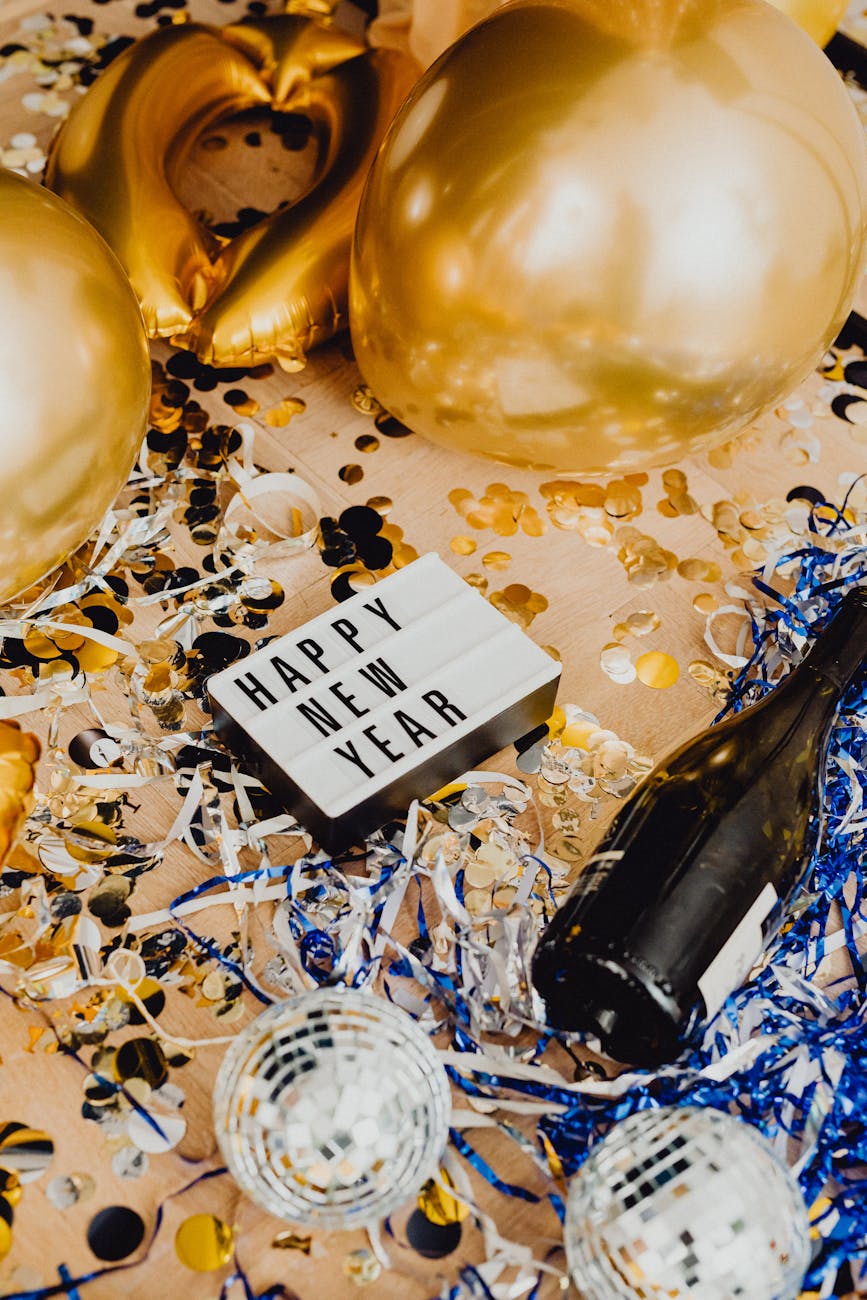
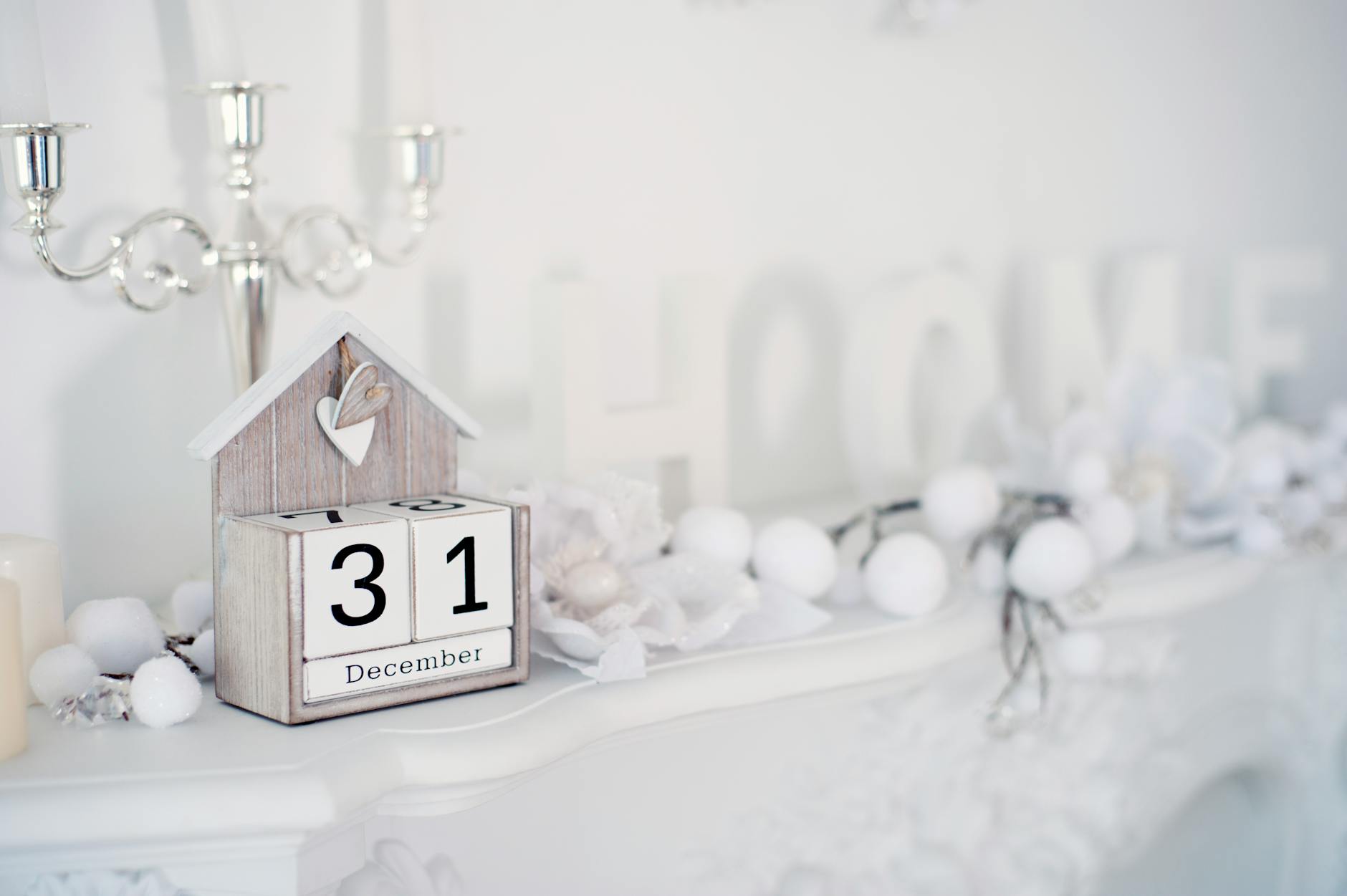
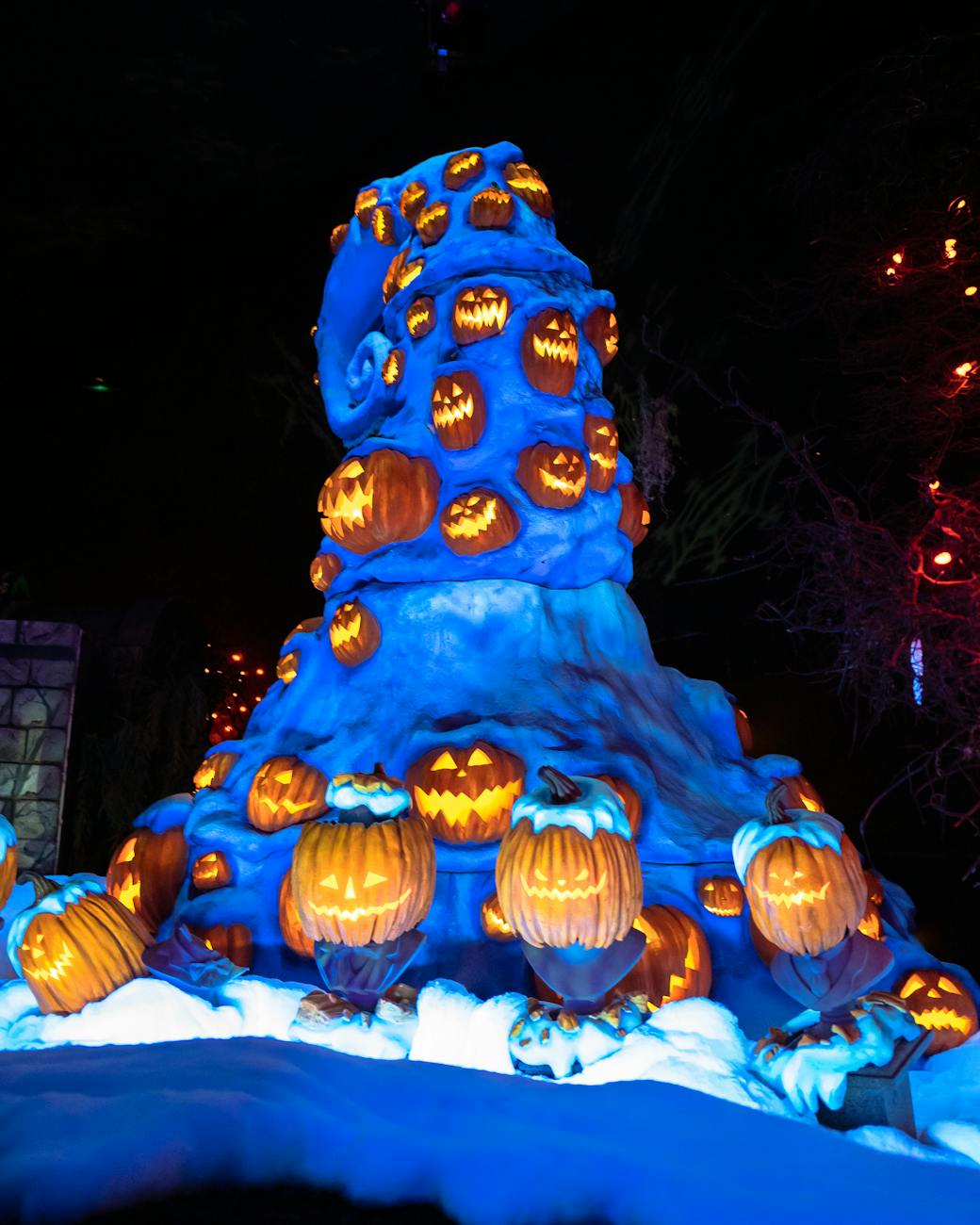
Such an underrated artist! Great interview!
Yes, and always wonderful to talk to!